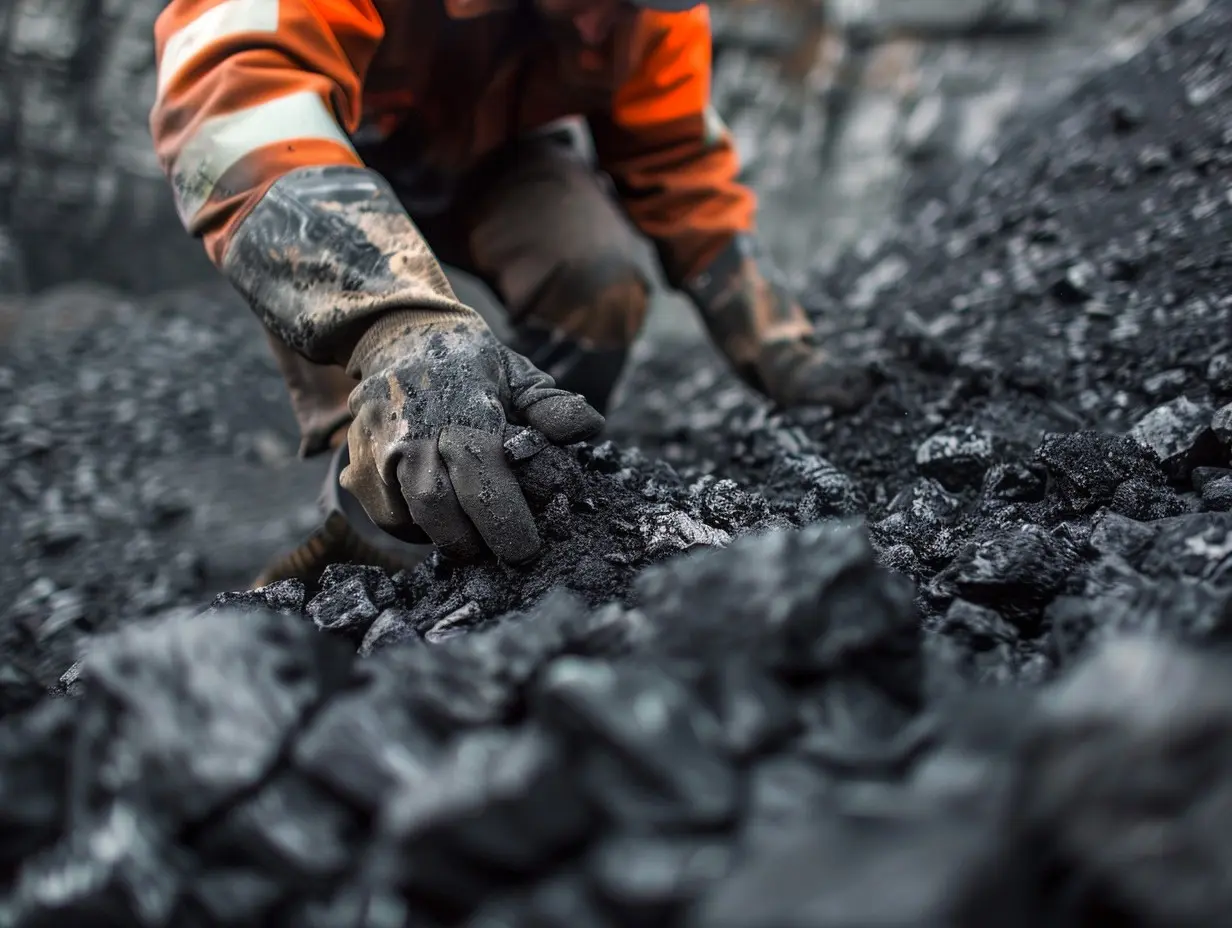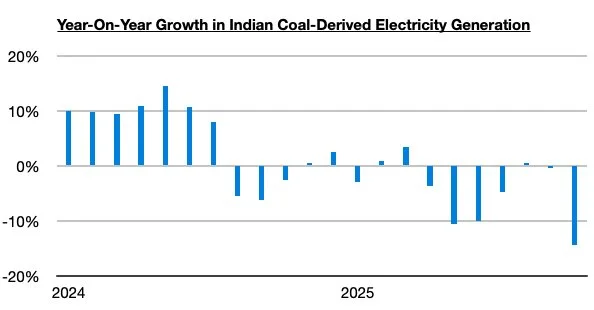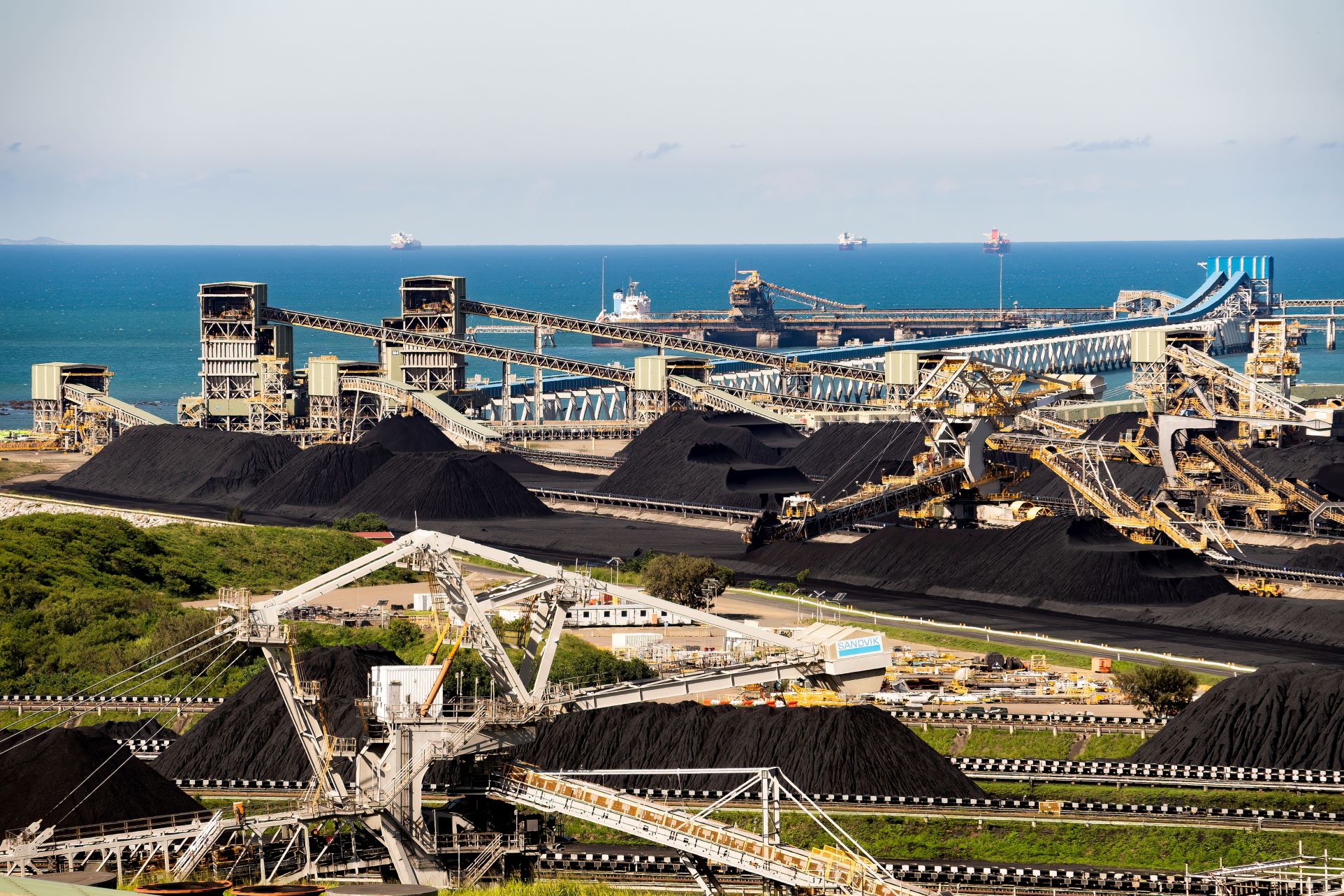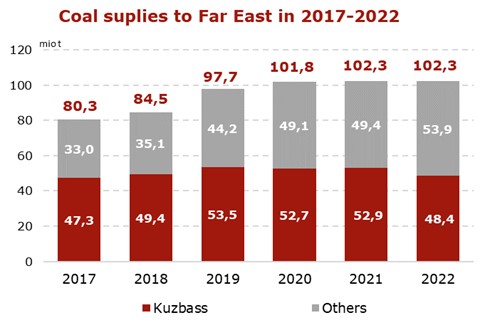
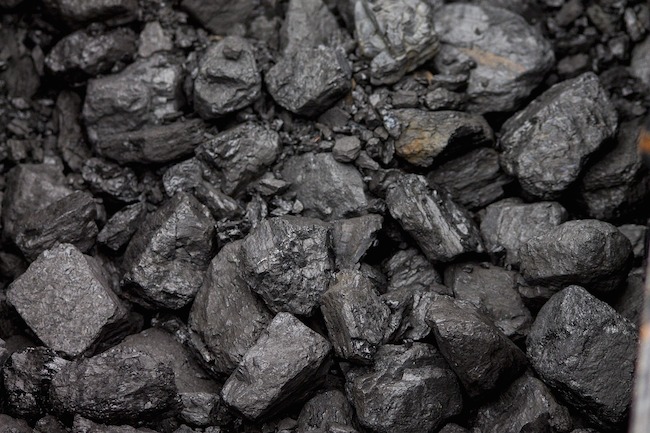
China’s four key carbon-intensive industrial sectors comprising electricity generation, steel production, cement manufacturing and coal chemicals production, are forecast to reach peak carbon emissions overall by 2025, according to a recent report by Beijing-headquartered public institution, the Chinese Academy of Environmental Planning, and the non-profit environmental organization, the Natural Resource Defense Council.
By 2025, the four industries’ total coal consumption will reach 2.49 billion tonnes of 7,000 kcal/kg standard coal, with carbon emissions that year forecast to total 8.01 billion tonnes, the report notes.
If the four reach peak carbon by 2025 as forecast, they will be achieving that goal five years ahead of the national target set by the central government to achieve peak carbon emissions by 2030, Mysteel Global noted.
Coal remains the country’s dominant energy source and the Chinese government is determined to reduce its use among the four major consumption industrial sectors to pare back carbon and pollutant emissions, as Mysteel Global reported.
The report, titled China’s Coal Consumption Control Roadmap for Key Industrial Sectors under ‘Dual carbon’ Goals, suggests that it is highly possible China’s steel industry reached peak coal consumption in 2020, that the country’s cement manufacturing sector saw its coal usage peak this year, and that the coal chemicals industry is on track to achieve peak coal in 2024.
The laggard among the four is the country’s power generating industry which, because of China’s growing power demand, probably won’t peak its coal consumption before 2028, the report notes.
Carbon emissions for China’s steelmakers peaked in the same year as coal consumption (in 2020) while the coal chemical sector will see its peak emissions in 2024 as coal usage peaks. The emissions peak for cement manufacturing will be delayed till 2022 while the year for peak emissions for the power sector is forecast in 2029, according to the report.
For 2019, total coal consumption at the four mentioned industries was equivalent to 2.41 billion tonnes of standard coal, accounting for 86% of China’s total, and their total carbon dioxide emissions totalled 7.76 billion tonnes, accounting for 72% of the country’s total, the report cited.
Table: Percentage of the four carbon-intensive industries in China’s total coal consumption and carbon emissions in 2019

Source: CAEP, NRDC
By 2028, China’s power generating industry will consume 1.63 billion tonnes of standard coal (or 2.46 billion tonnes of coal). However, as the amount of power generated by natural gas will keep growing, the industry’s carbon emissions will peak in 2029 at 5 billion tonnes, the report forecast, adding the most efficient measure to reduce coal use in this industry is to strengthen the development of clean energy including the construction of power generation facilities fuelled by wind and solar.
Coal consumption in China’s steel industry is heavily impacted by the volume of steel produced, and as the country keeps controlling crude steel production in the future, so coal use and Co2 production will fall. If the industry’s coal consumption did peak in 2020 at 460 million tonnes of standard coal, then carbon emissions will have peaked at 1.64 billion tonnes, according to the report.
For the steel sector, other than keeping the levels of crude steel output in check, promoting greater use of electric arc furnace steelmaking technology will be the most efficient measure to curtail coal consumption, the report noted. Others include increasing steel scrap utilisation, optimising blast furnace burden ratio including raising iron ore pellet consumption, and upgrading energy-saving techniques, based on the report’s modelling.
As for cement manufacturing, the industry’s coal consumption will likely peak this year at 180 million tonnes of standard coal, with carbon emissions peaking at 1.37 billion tonnes in 2022. Energy structure optimisation, or eliminating the obsolete capacity and commissioning advanced capacity, will be an efficient means for reining-in the industry’s coal consumption and carbon emissions, the report suggested.
By 2024, coal consumption in China’s coal chemicals industry will reach its peak at 660 million tonnes of standard coal (or 930 million tonnes of coal), with carbon emissions peaking at 570 million tonnes, the report indicated.
Within the coal chemicals industry sector, coal demand in the coke-making process will soften following the decline of crude steel production, while the country’s methanol production from coal will grow in tandem with higher olefin demand, the report forecast. Measures the report recommends to help cut emissions here include limiting the size of new coal chemicals plants being constructed, exploring the potential of raw materials substitution, and upgrading energy-saving technologies in the industry.
Source: Mysteel

